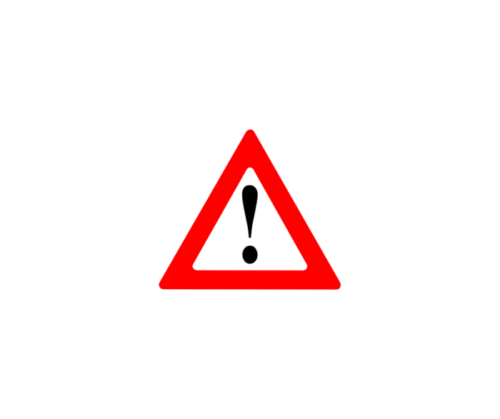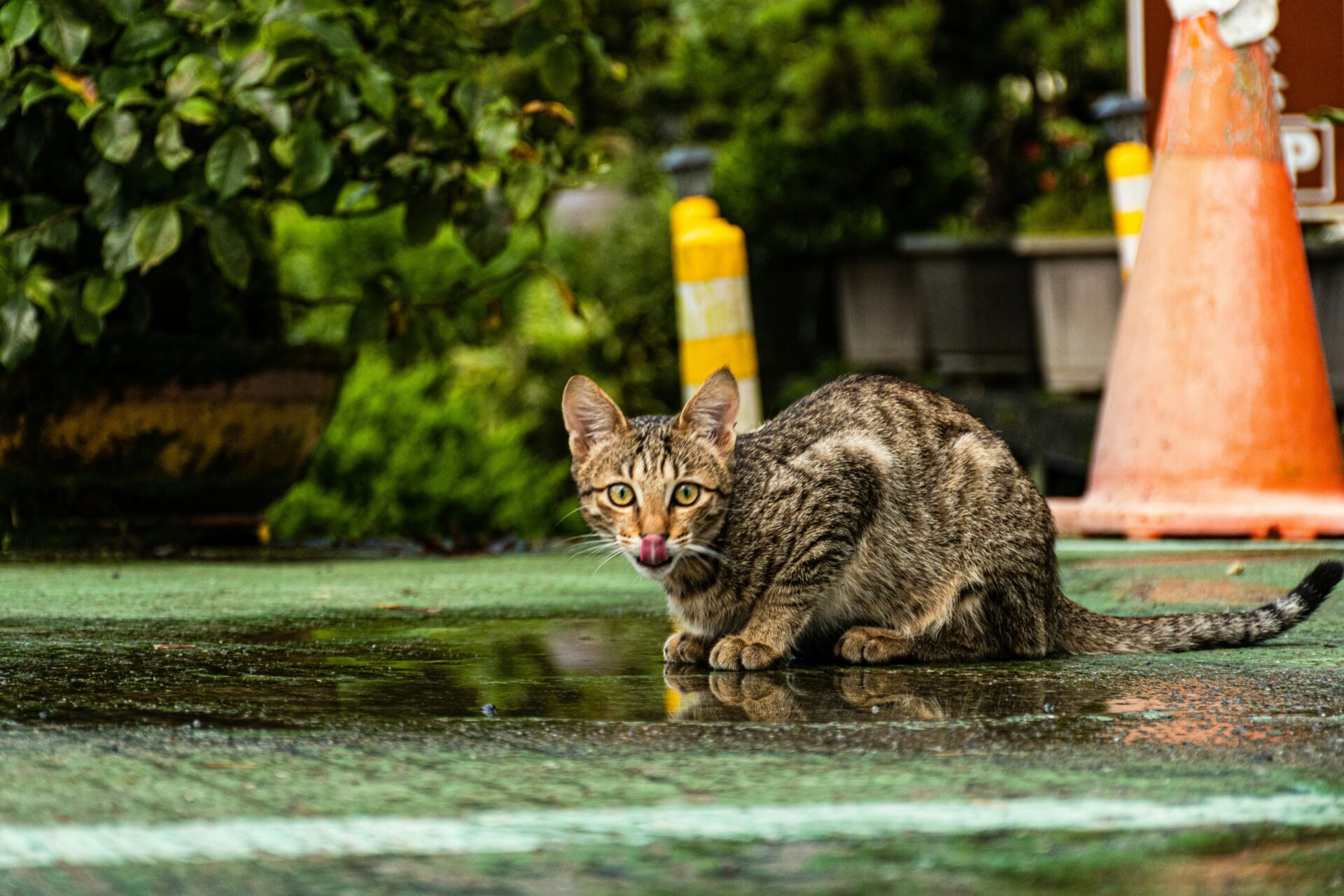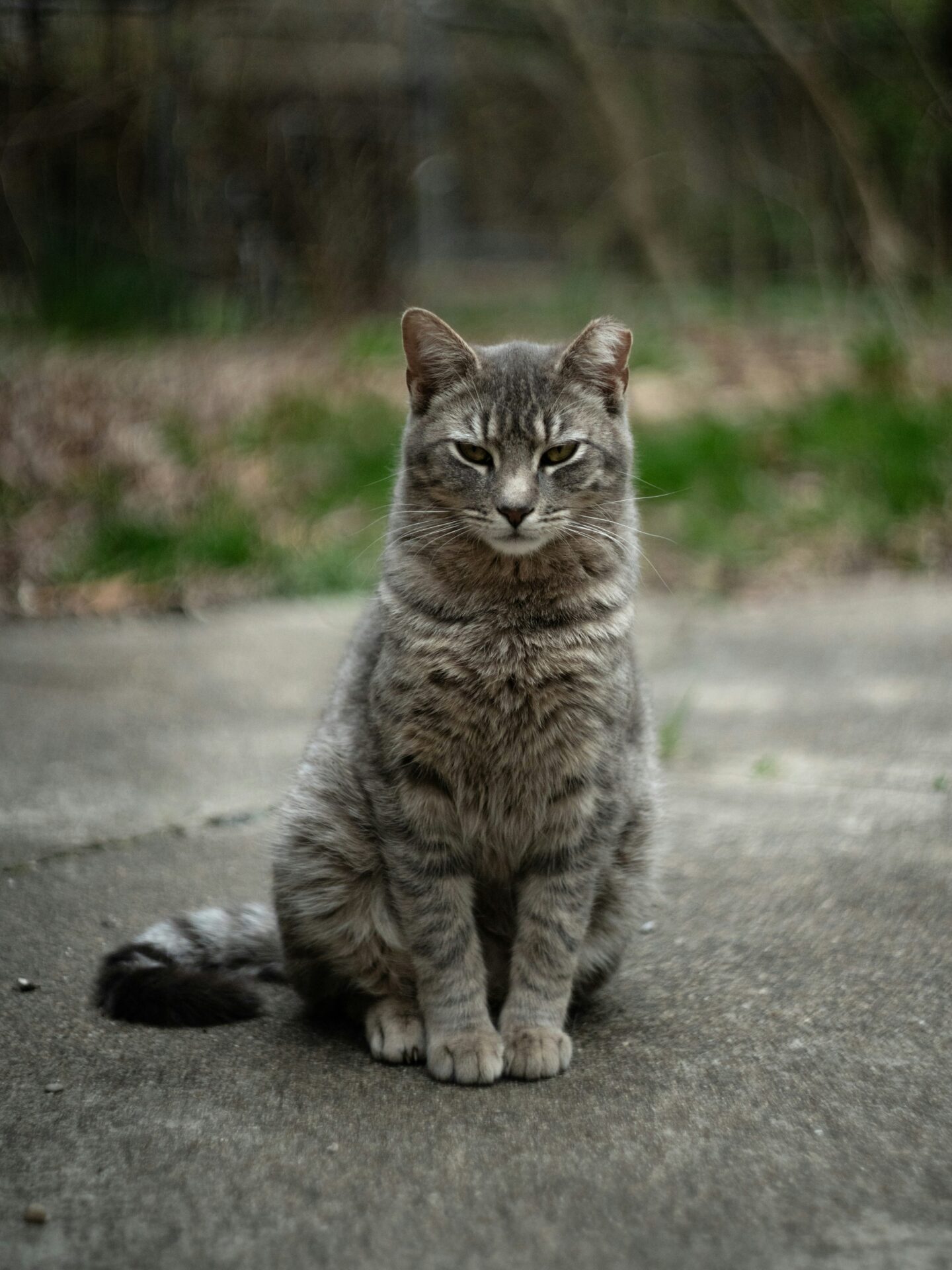Cats are curious by nature, and that curiosity can sometimes get them into trouble, even around the house. It’s easy to overlook everyday items that may seem harmless to us but are actually toxic or dangerous to our cats.
We’ve probably all seen those videos of cats opening cabinet doors, getting on top of the refrigerator, opening bags, etc. They’re funny on social media (when there’s no imminent danger), but in truth, many household items, scents, and foods, can pose serious health risks to your cat.
Household items that can harm your cat
Cleaning Products – cleaning agents contain chemicals like bleach, ammonia, phenols, or formaldehyde are all highly toxic to cats. Even walking on the floor after using a cleaning agent can expose them to residues that irritate their paws or cause internal harm when licked off.
Safer Alternatives: Look for pet-safe cleaners and always allow surfaces to dry completely before letting your cat walk on them. I’ve stopped using the cleaning agent that came with my Swiffer and instead, I use rags with hot water to get the job done just as well and without any risk.
Essential Oils – Cats lack the liver enzyme necessary to properly break down certain compounds in these oils, leading to poisoning. According to Happy Tails Vet these 10 essential oils are harmful to cats.
Symptoms of Exposure: Drooling, vomiting, tremors, respiratory distress, or lethargy.
Laundry Detergents and Dryer Sheets – both my cat and myself have allergies and I’ve switched to unscented detergents which often contain cationic surfactants, and can cause severe oral and digestive burns if ingested. I’ve also stopped using dryer sheets which are heavily scented and can contain harmful ingredients.
Scents that seem sweet but are dangerous – cats have a powerful sense of smell, and artificial scents can be overwhelming, and sometimes toxic.
Air Fresheners and Plug-Ins – many air fresheners contain phthalates and volatile organic compounds (VOCs) that can irritate your cat’s lungs and lead to long-term respiratory issues.
Candles and Incense – scented candles made from paraffin wax release potentially carcinogenic soot, while incense smoke can trigger asthma or breathing difficulties, especially in brachycephalic (flat-faced) cat breeds.
Safer Option: Use unscented soy or beeswax candles, and avoid burning incense around cats.
Foods that are toxic to cats – cats may not be as notorious as dogs for eating human food, but some still nibble (or steal) what they shouldn’t. Here are a few items that can be especially dangerous:
Onions, Garlic, Leeks, and Chives – these allium family members can damage red blood cells and cause anemia, even in small amounts.
Chocolate and Caffeine – chocolate contains theobromine, and both chocolate and coffee contain caffeine—both of which are toxic to cats and can cause tremors, seizures, and heart issues.
Alcohol and Raw Dough – even tiny amounts of alcohol can be fatal. Raw dough also produces alcohol through fermentation and can expand in the stomach, causing bloat and distress.
Grapes and Raisins – while less commonly ingested by cats than dogs, grapes and raisins can lead to acute kidney failure in felines.
Xylitol (used in sugar-free items) – while more dangerous to dogs, xylitol can still pose a risk to cats and should be kept out of reach.
Beautiful, but deadly plants – many popular houseplants and flowers are toxic to cats. Some of the most dangerous include:
Lilies (even the pollen or water in the vase can be fatal), Sago Palm, Aloe Vera, Philodendron, Pothos, Dieffenbachia (Dumb Cane)
Safe Alternatives: Consider pet-safe plants like cat grass, spider plants, or bamboo palm to green up your home without the risk. Or, try silk plants that look just as natural.
What to do if you suspect poisoning – if you think your cat has been exposed to a toxic substance:
- Remove access to the suspected toxin immediately
- Do not induce vomiting unless instructed by a veterinarian
- Call your vet or contact: ASPCA Animal Poison Control: 1-888-426-4435 or Pet Poison Helpline: 1-855-764-7661
It only takes a moment for a cat to get into something harmful. By being aware of the hidden dangers lurking in common household items, you can take simple steps to cat-proof your home and keep your feline family members safe, healthy, and happy.
When in doubt, keep it out of paw’s reach.
For more on cat first aid, be sure to check out this post.



